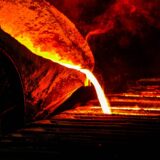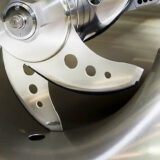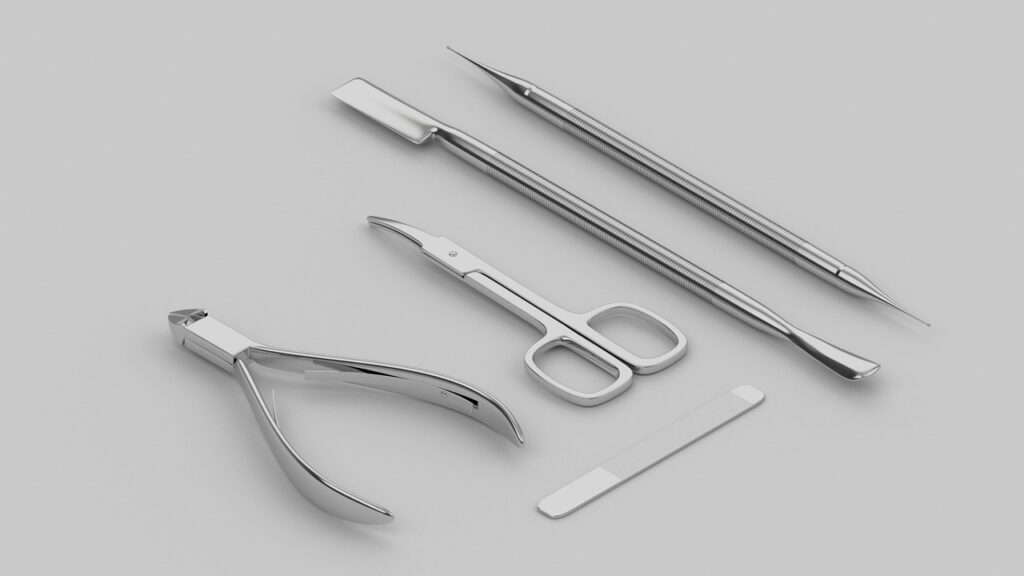
Have you heard “single use” or “disposable” steel instruments in Europe and North America? Today, besides our medical steel products, we introduce the single use medical instruments, Enserve’s own single use instruments, and examine Pros and Cons about different kinds of instruments.
In this article, the author, who has 13 years of experience in procuring metal parts and materials for Toyota Motor Corporation and startup companies, will introduce the following with my experiences.
First of all, what is single use medical instruments? Single use medical instruments are steel instruments such as forceps that traditionally reused over and over after sanitization. The use of single use medical instrument started relatively new. We introduce historical background and use-cases.
Around year 2000 in the UK, doctors started single use instruments for cleanness reason. Now people in the western world discovered 4 advantages of single use instruments. The application started for surgical use cases. Now single use instruments are used for many medical, dental, and veterinary applications. Single use instruments have been popular in Europe, USA, Australia and New Zealand. Elsewhere, single use instruments are not so common yet. For example, in Japan, single use medical instruments are often used for natural disasters, yet single use instruments are less popular for healthcare institutions.
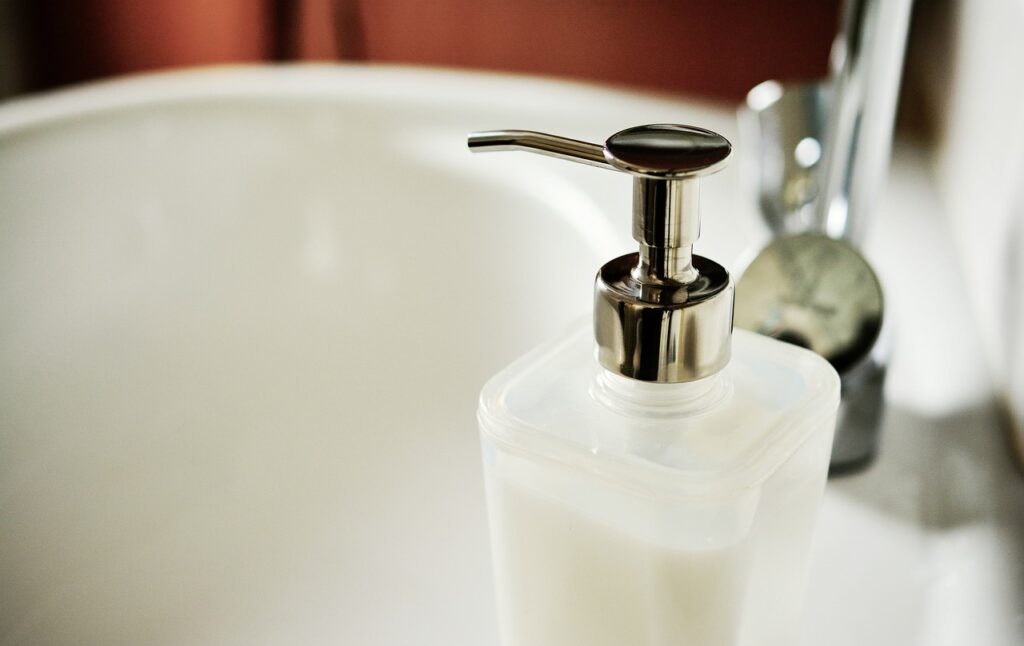
Clean
Single use instruments avoid any risk of cross-infection. In the UK, NHS (National Health Service) encourages to use single use instruments for a range of medical procedures.

Cost Effective
Single use instruments visualize the cost of instruments very easily. If you use reusable instruments, there are many no hidden costs such as sterilization costs, tracking costs, handling costs, and occasional inspection and maintenance costs.
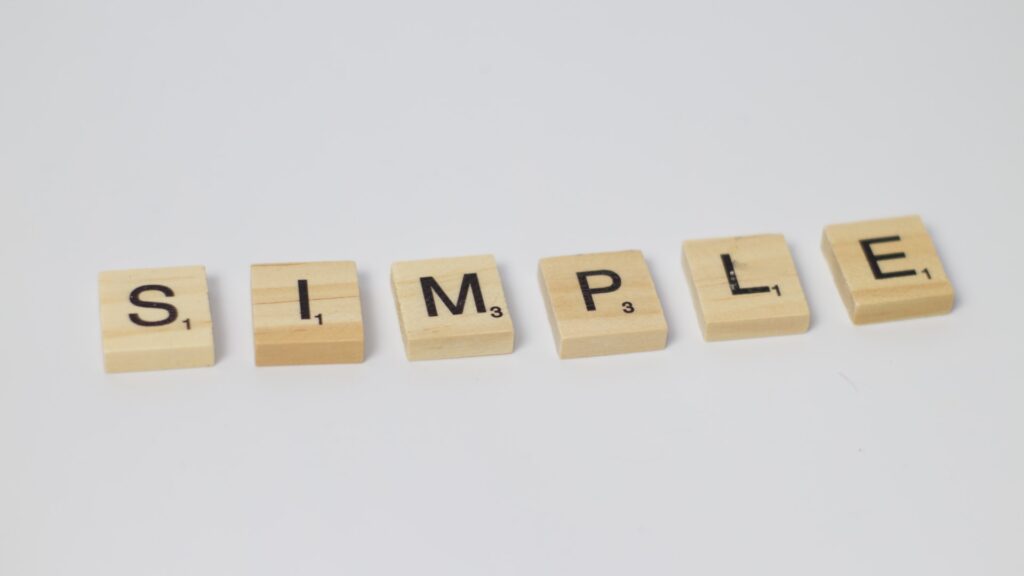
Simple
Running a clinic/hospital efficiently is a complex process. Using single use instruments make a process much simpler for doctors and nurses to focus on patients. As well, in case of disasters, single use instruments can be a convenient option.

Environmentally friendly
Single use instruments do not necessarily harm the environment. If you dispose the single use instruments as metal disposables, they are properly recycled for another steel.
There is no typical single use instruments even in UK. The adaptation of single use instruments judged by medical instruments as case-by-case considering the risk of contamination and infection transmission. Below is an example of single use instruments.
| Image | Name | Description |
|---|---|---|
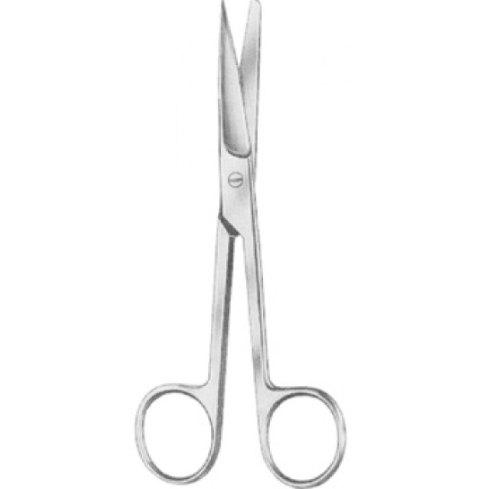 | Dressing Scissors/ Bandage scissors/ Utility scissors | Dressing scissors cut dressings, bandages, or other soft materials. They are specifically designed with features that make them well-suited for this purpose. Dressing scissors typically have a blunt tip on one blade and a lower blade that is slightly longer and more pointed. The blunt tip helps prevent accidental punctures or injuries while cutting through dressings, reducing the risk of harm to the patient’s skin. |
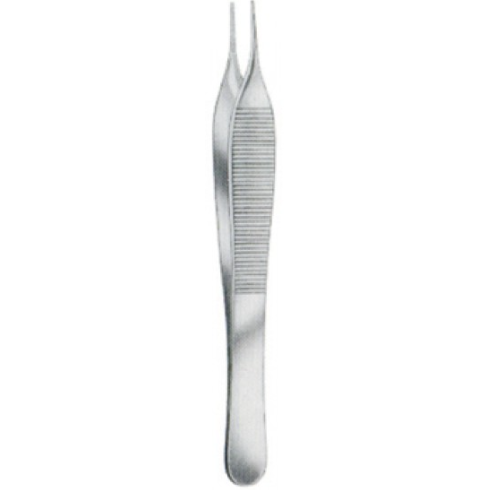 | Adson Tweezer | Adson tweezers are characterized by elongated, serrated tips that feature interlocking teeth or ridges. This serrated pattern provides a firm grip on tissues, sutures, or other small objects during surgical procedures. They are commonly used to grasp and manipulate delicate tissues, hold sutures, or aid in the placement of small devices or implants during procedures. The serrated tips provide a secure grip, allowing for better control and precision during intricate surgical maneuvers. |
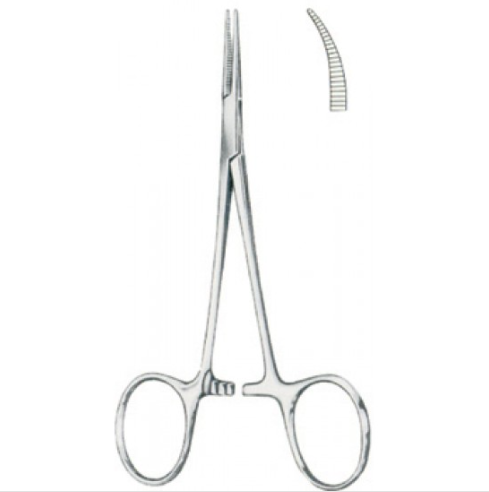 | Mosquito Forceps | Mosquito Forceps are specifically designed for controlling bleeding by clamping small blood vessels during surgical interventions. Mosquito forceps are commonly used in various surgical specialties, including general surgery, orthopedics, plastic surgery, and gynecology, among others. They are particularly useful in procedures that involve working with small blood vessels, such as microvascular surgeries or delicate procedures requiring precise hemostasis. |
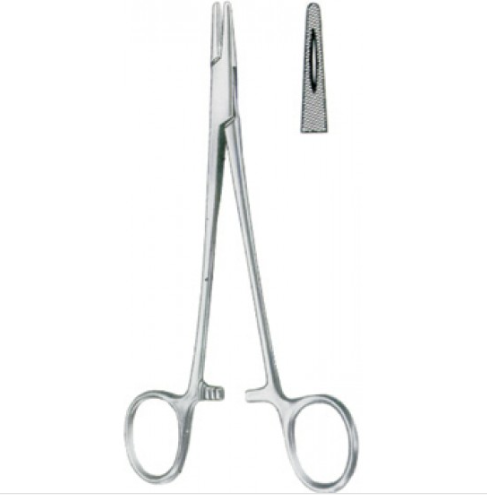 | Mayo Hegar Needle Holder | Mayo Hegar needle holder is a handheld instrument with a scissor-like design, combining the functions of a needle holder and a needle driver. It is primarily used for grasping, manipulating, and suturing needles during surgical interventions. Unlike traditional surgical scissors, the Mayo Hegar needle holder does not have cutting blades. Instead, it is designed to firmly hold the needle, enabling precise control and manipulation during the suturing process. The absence of cutting blades reduces the risk of accidental tissue damage while suturing. |
As the example above, single use instruments are easy and safe to adopt with less life critical instruments as single use instruments tend to be low range price, low range quality. Enserve is able to offer high quality single use instruments with middle range prices. Enserve contributes to expanding your range of single use instruments.
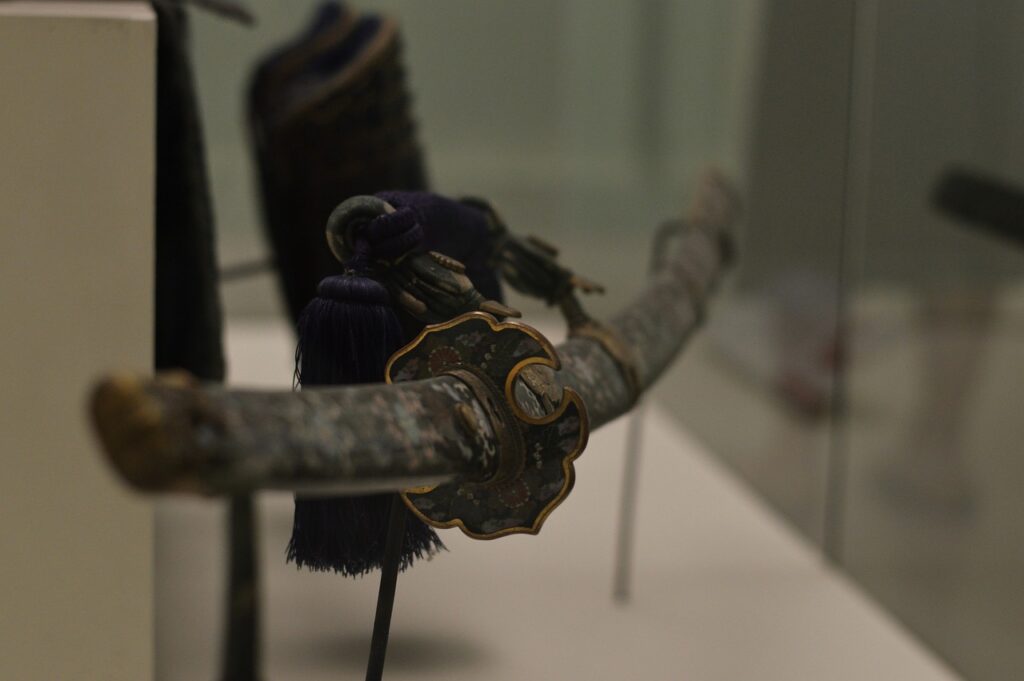
Enserve offers single use instruments with an enhanced quality. Enserve offers Japanese quality instruments with reasonable prices. One characteristic s of Japanese medical instruments is the comfort for the users. The feeling or touch of instruments is very light so the user can use the instruments without stress or tiredness. Another advantage of Japanese instruments is that the fine finish of the tips made by craft men.
There are three types of instruments; multiple use instruments, standard single use instruments, and Enserve’s single use instruments. Below is a comparison chart of the three types.
| Category | Multiple Use Instruments | Standard Single Use Instruments | Japanese Single Use Instruments |
|---|---|---|---|
| Image | 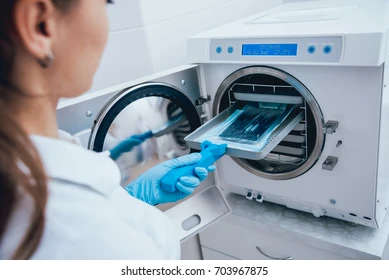 | 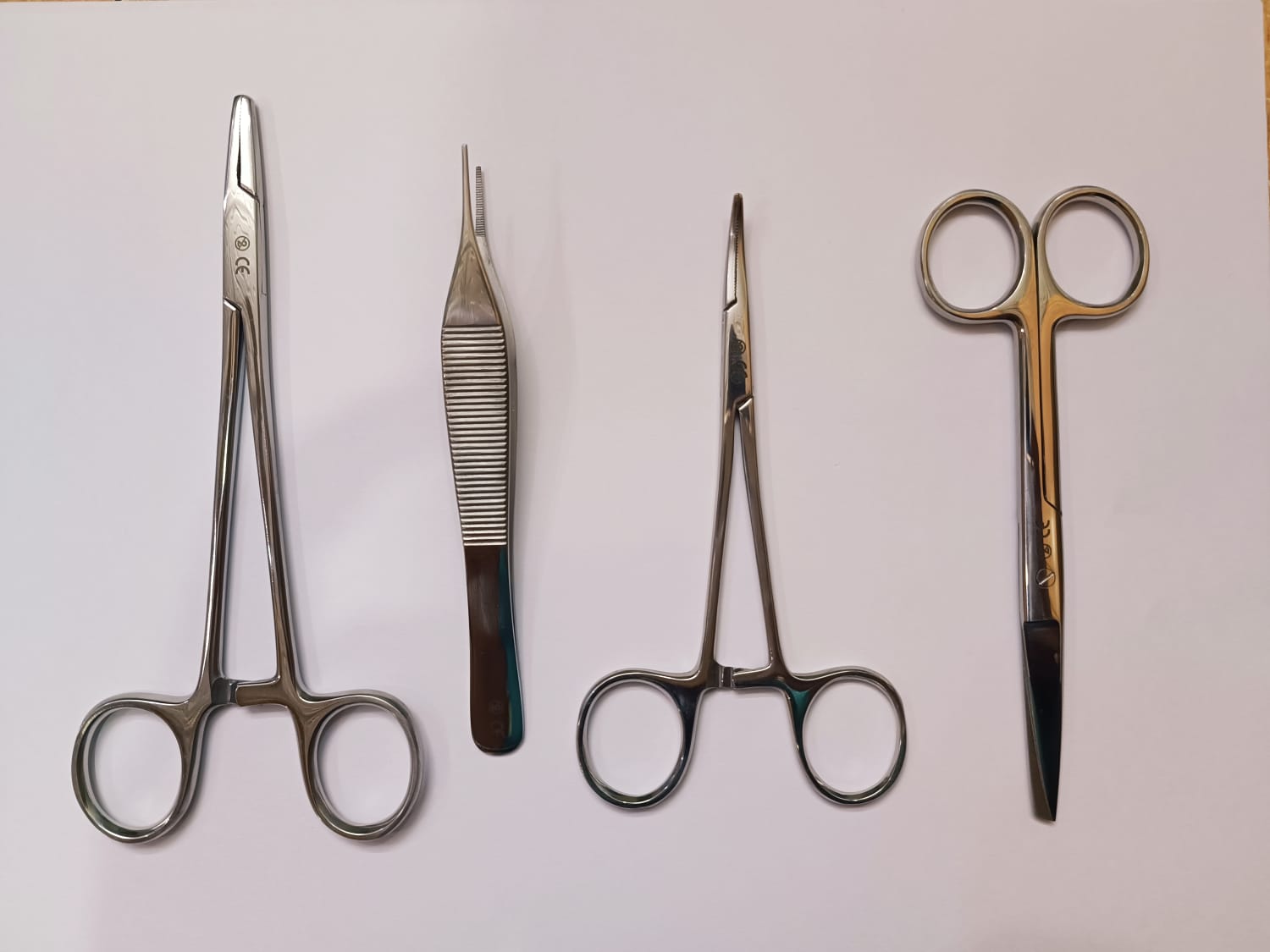 | 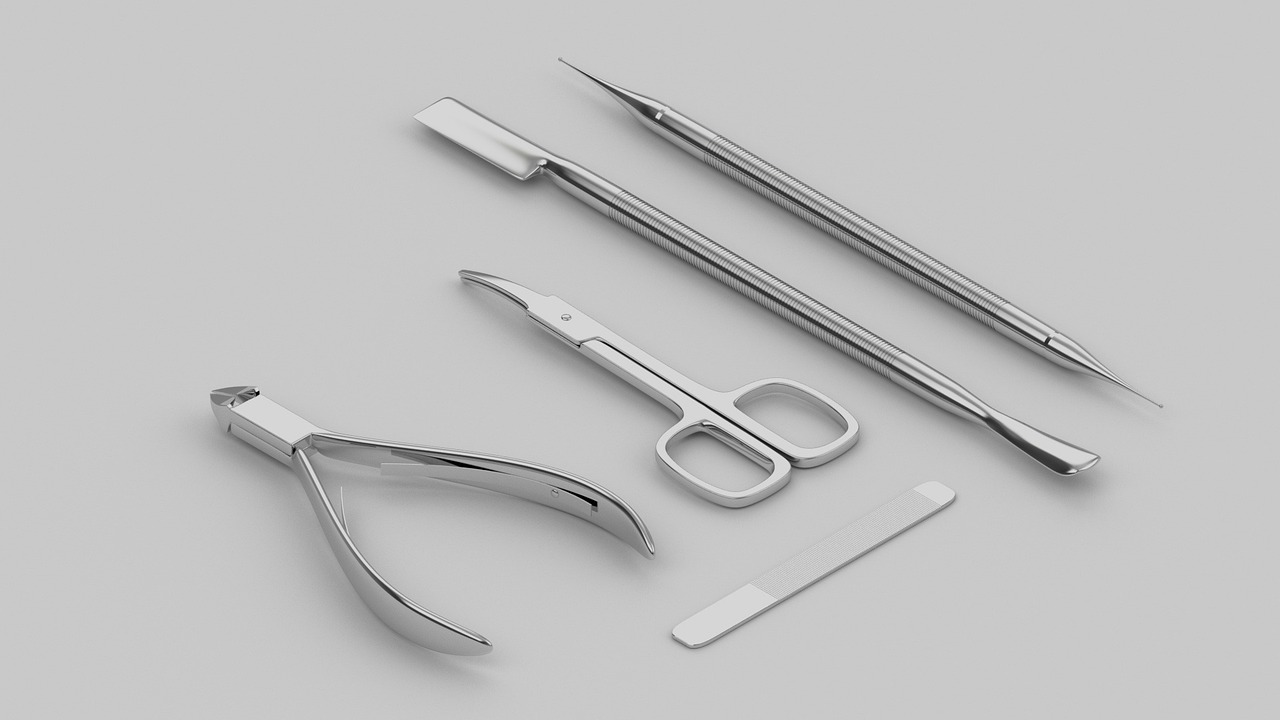 |
| Usability | |||
| Infection | |||
| Environment | |||
| Quality | |||
| Instrument Cost | |||
| Operation Cost |
In this article, we introduce single use instruments with historical background, characteristics, and typical single use instruments as an example. Then, we offer Japanese single use instruments to improve the usability, quality, and potentially total costs. Enserve is open and happy for all kinds of instruments (multiple, standard single use, Japanese single use) to make informed and reasonable judgement so that doctors and nurses can focus on patients with reasonable cost.
We place importance on proposing steel products that meet your QCD expectations.

